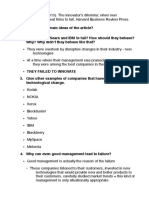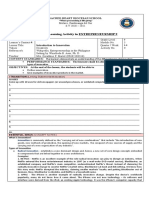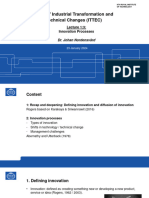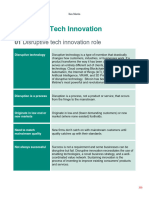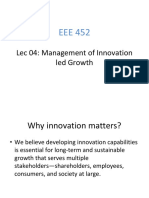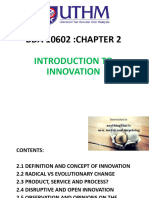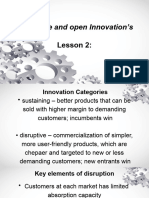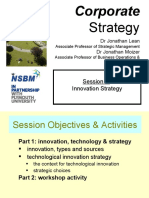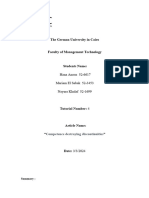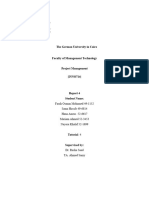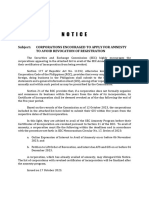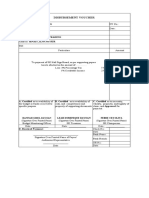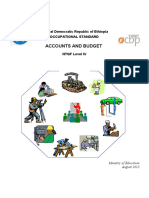0% found this document useful (0 votes)
56 views15 pagesEmering Midterm Notes
The document discusses disruptive innovation and how established companies can fail when they do not adapt to disruptive changes in technology. It provides examples like Nokia failing to transition to smartphones despite pioneering mobile technology, and Xerox neglecting disruptive home printers. The document also differentiates between sustaining and disruptive technologies.
Uploaded by
hanaanous2002Copyright
© © All Rights Reserved
We take content rights seriously. If you suspect this is your content, claim it here.
Available Formats
Download as DOCX, PDF, TXT or read online on Scribd
0% found this document useful (0 votes)
56 views15 pagesEmering Midterm Notes
The document discusses disruptive innovation and how established companies can fail when they do not adapt to disruptive changes in technology. It provides examples like Nokia failing to transition to smartphones despite pioneering mobile technology, and Xerox neglecting disruptive home printers. The document also differentiates between sustaining and disruptive technologies.
Uploaded by
hanaanous2002Copyright
© © All Rights Reserved
We take content rights seriously. If you suspect this is your content, claim it here.
Available Formats
Download as DOCX, PDF, TXT or read online on Scribd
/ 15




